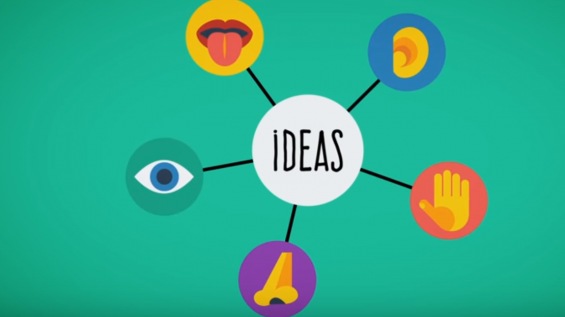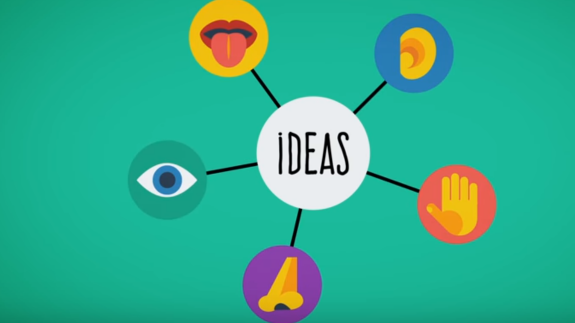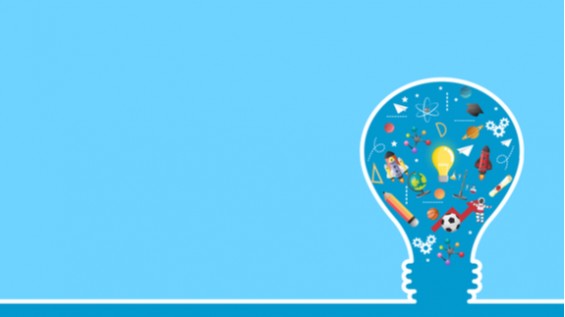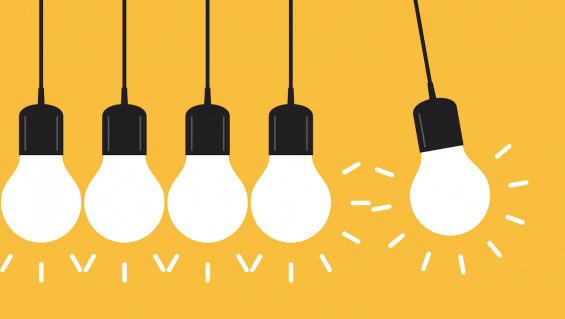
How educators can apply innovation methodology in everyday projects
The innovation cycle (also called “design thinking” or “human-centered design” methodology) is a practical, repeatable way to create solutions to problems worth solving. In technology and design hubs like Silicon Valley, many successful startup founders incorporate innovation methods and mindsets into their company culture, and/or use a version of this innovation cycle during product development. Why? Because it works! And you don’t have to be an entrepreneur to use these tools. For educators, this creative problem-solving methodology can be equally effective when applied to everyday school, work and life challenges, too. Here are the steps of the innovation cycle, as defined for the TED-Ed Innovative Educator program:
1. Get inspired by real people to create a solution that meets one of their needs.
2. Brainstorm a list of ideas, solutions and creative ways to meet this need.
3. Choose one viable, feasible and desirable idea to develop within real world constraints. This is your innovation concept.
4. Make a tangible first model, prototype, experiment, rough draft, etc. of your innovation concept. Whatever you create should be a quick, cheap, low-risk way to test and refine your innovation concept.
5. Improve and advance your innovation concept over time based on relevant feedback from a small group. Iterate quickly, multiple times.
6. Launch or implement an early version of your innovation with a larger group. Continue to improve it based on feedback from the people using it. Do more of what works and less of what doesn’t.
7. Present your insights from this innovation cycle to a small group of colleagues, so that they can use and learn from what you’ve made.
8. Decide: Is this innovation successful? Is it an idea worth spreading? If so, share it with the world.
Right now, the first TED-Ed Innovative Educators are hard at work on their Innovation Projects — and we’ll be sharing their best solutions with you here on the TED-Ed Blog. But you don’t have to wait to start designing the future of education. The next time you find yourself faced with a challenge at your school, try the innovation cycle outlined above.
Want to learn more about how to use design and innovation methods in education? Take a course at IDEO U, download the Design Thinking for Educators Toolkit or join the Teachers Guild.
Want to learn something new every week? Sign up here for the TED-Ed Newsletter.





As a TIE I have seen the projects currently being developed and they are all so wonderful. I have already been finding ways to integrate some of these projects into my own school and TEDx events. Watch for some good things to come, give them a try and help them to evolve into something great.
My 2nd graders have used Design Thinking twice this year. First to solve design problems in our classroom and then to address the problem of too much plastic trash on our school campus. The Design Thinking Process is accessible and engaging. These seven and eight year olds are solving real world problems and making a difference!
Yep this is great. and it is what do – at scale. Enable Students and Business to Collaboratively Solve Real-world problems in a real world innovation process. Check it out NorthernRift.com happy to collaborate with anyone out there – just drop us a note thanks. Robert
What a great step-by-step guide for innovation! We love the idea of kids and adults collaborating and solving problems.
Whilst on the subject of innovative teaching ideas, how about the one in my recent paper: SSRN 2600103 “A Mechanical Model For Teaching Macroeconomics”. Many students like to see how machines work and this one is a way of showing how our social system can be represented.
Loved your inspiring quotes.what really touched me was:If you don’t build your dreams someone will hire you to build theirs.
I love the idea of children and educators working together to solve a problem.
This is great, awesome and really useful.